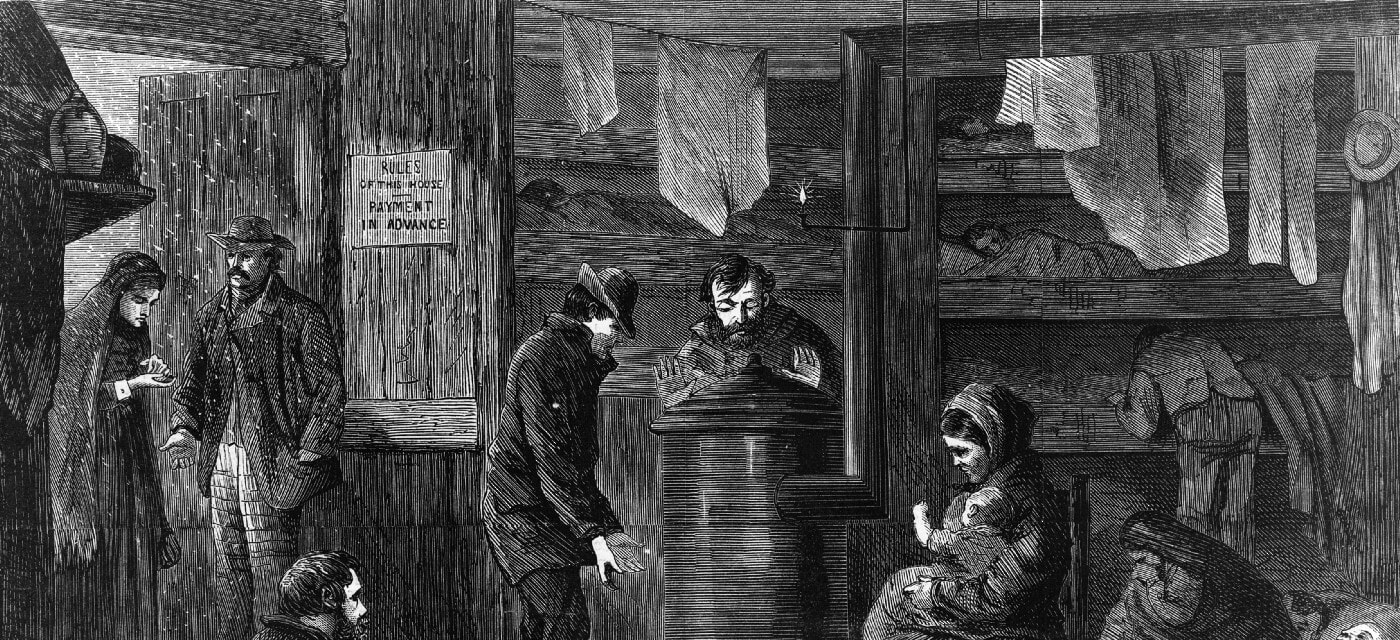In the modern world, society has come up with solutions to helping the poor through government programs. However, this was not always the case. For the majority of human history, the poor have been used, mistreated, and forgotten. They have had to ensure some of the saddest and most disgusting things that should never happen to any human being. Here are some of the most horrific ways the poor were forced to live throughout history.
In Ancient China, Poor Men Castrated Themselves To Get a Job

In ancient China, it was a requirement for servants of the royal palace to be castrated. For those of you who don’t know, castration is the removal of a man’s testes. But in this case, they also removed the main male member. This was done because they wanted to ensure the chastity of the ladies. Since this was one of the best career options for a poor person, many parents would actually castrate their son when he was just a baby.
At one point, during the Ming Dynasty, there were over 100,000 eunuchs in the country who were competing for these jobs. Eventually, the palace decided to charge people 200 copper coins just to get themselves on a list of applicants. Thousands applied, but few actually got the job. Many of these men ended up begging on the streets, having castrated themselves for nothing.

